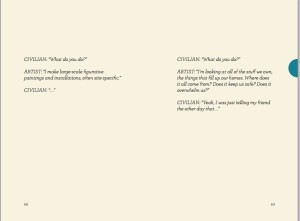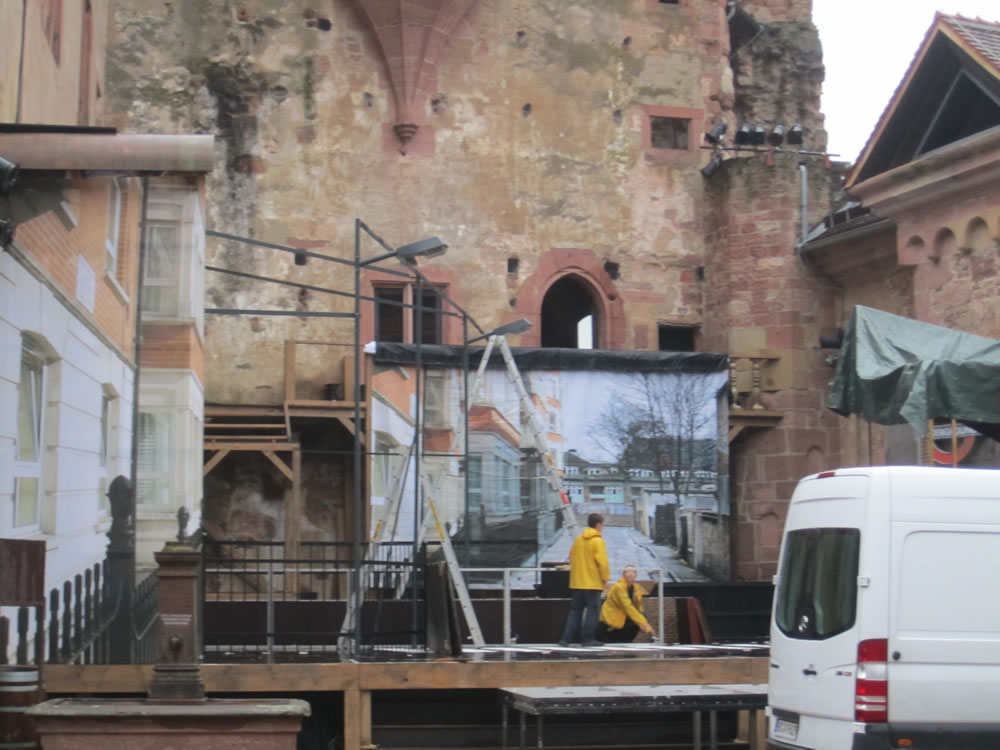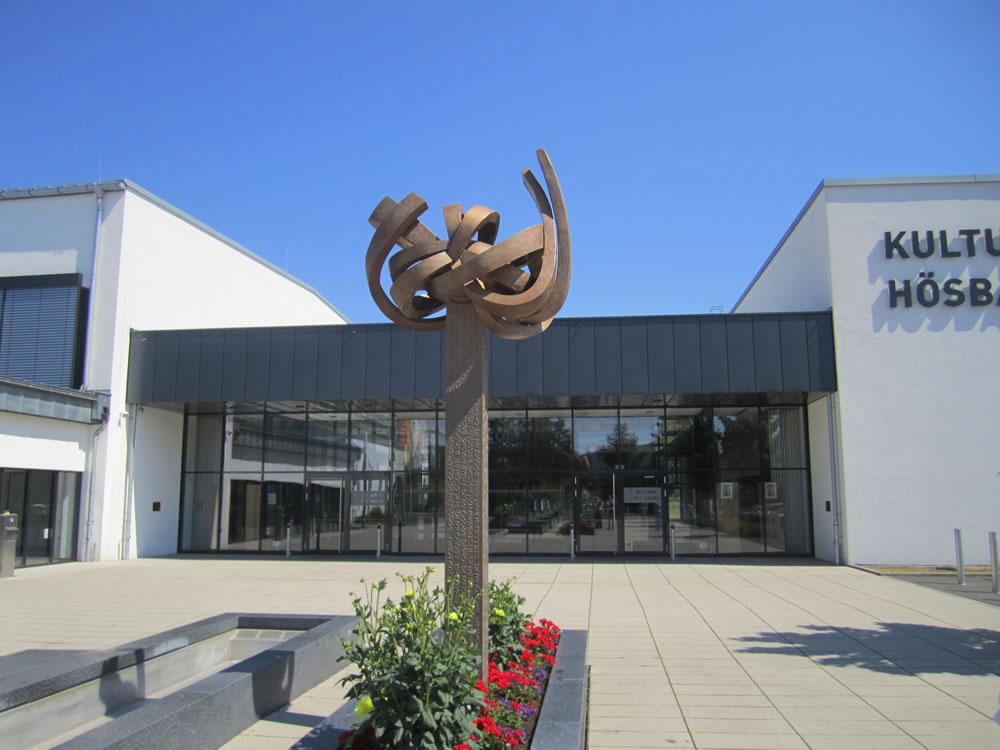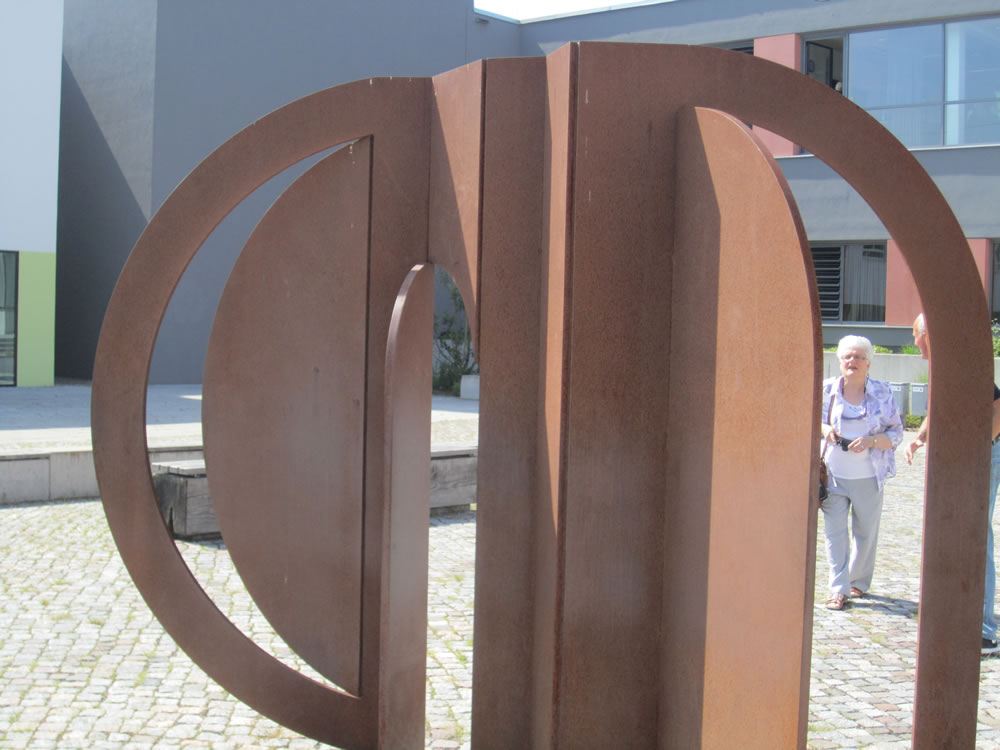Nod to Thomas Cott for calling attention to a post on TRG blog about Mission versus business models.
I will cut right to the chase and say that I honed right in on their discussion of making a “cut list” of things to stop doing that are diverting resources and energy away from revenue generation.
If you’re a president, CEO, or executive director, you must align with your colleagues and focus your team on the sustainability of your business model and getting the revenue results that will support your mission. Insist on a “stop doing” list. Your non-profit status does not mean that you must exhaust staff time and resources with every initiative, regardless of return on investment.
They give examples of three theaters that have started focusing on audience retention in some fashion. Obviously, the area of focus could be anything.
I think the statements with the most impact were made in the comment section by Paul Botts.
During my years as a program director at an arts funder I adopted a habit that was driven by that “stop doing everything” idea. When presented with an organization’s new strategic plan my first question was always, “Tell me something which expresses your mission, which you could do and should do and really want to be doing, but which you aren’t going to do right now.”
If the response was a blank or shocked look then my feedback was that they didn’t have an actual plan they simply had a laundry list. If you haven’t made any actual choices then you haven’t done any real planning, etc.
Botts goes on to say that he follows up relating his own experience as managing director of an arts organization that tried to do everything their mission called for only to end up in bankruptcy. Even having gone through this uncomfortable experience, he still has to remind himself of lessons learned, indicating it is not an easy thing to keep yourself and your organization focused.
In the past I have often posted about diluting your efforts by adding programs as a way to chase foundation funding. But the situations TRG talks about are less clear cut and potentially more difficult to identify. The examples they give aren’t a matter of adding children matinees in order to get arts education funds. They talk about the Guthrie Theater deciding not to flyer the Mall of America in favor of focusing on getting first time attendees to come back for another visit.
Passing out flyers in a busy place is the sort of thing it is difficult to identify as a cut because it is a visible effort that looks like progress. It is the sort of thing audiences and board members will fault you for not doing in the face of declining attendance.
For some arts organizations, it might be the right strategy to increase attendance because the conversations accompanying the activity serve to increase a connection. In other communities, the connection may exist for as long as it takes to find a trashcan for the flyer.
The other thing that makes the cutting decision difficult is that there may be things that don’t appear to be effective because they are less public, more difficult to measure and might be among your organization’s least favorite activities. Just because you are really motivated to cut them may not mean it is constructive to do so.
Like a paper cut, what appears to be the least significant cut may tend to hurt the most.













I've been to a few of the Science on Tap events, though I never gave a talk at one of…